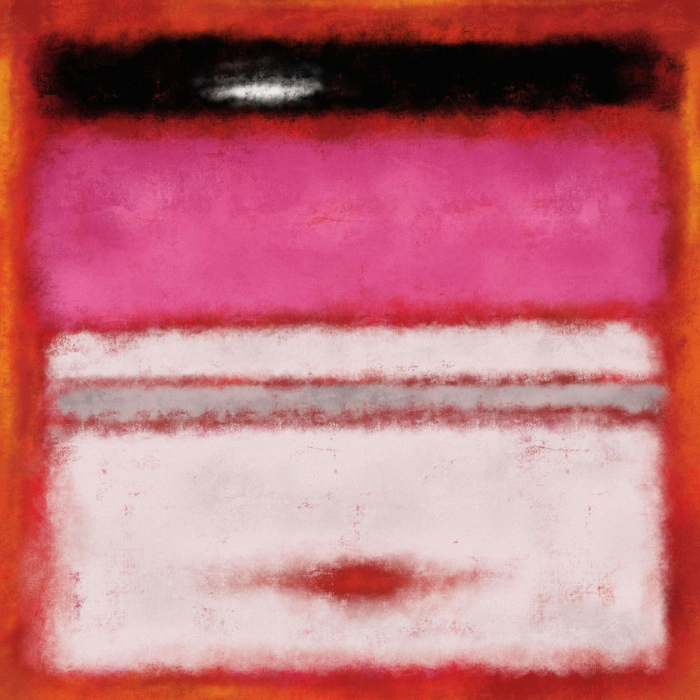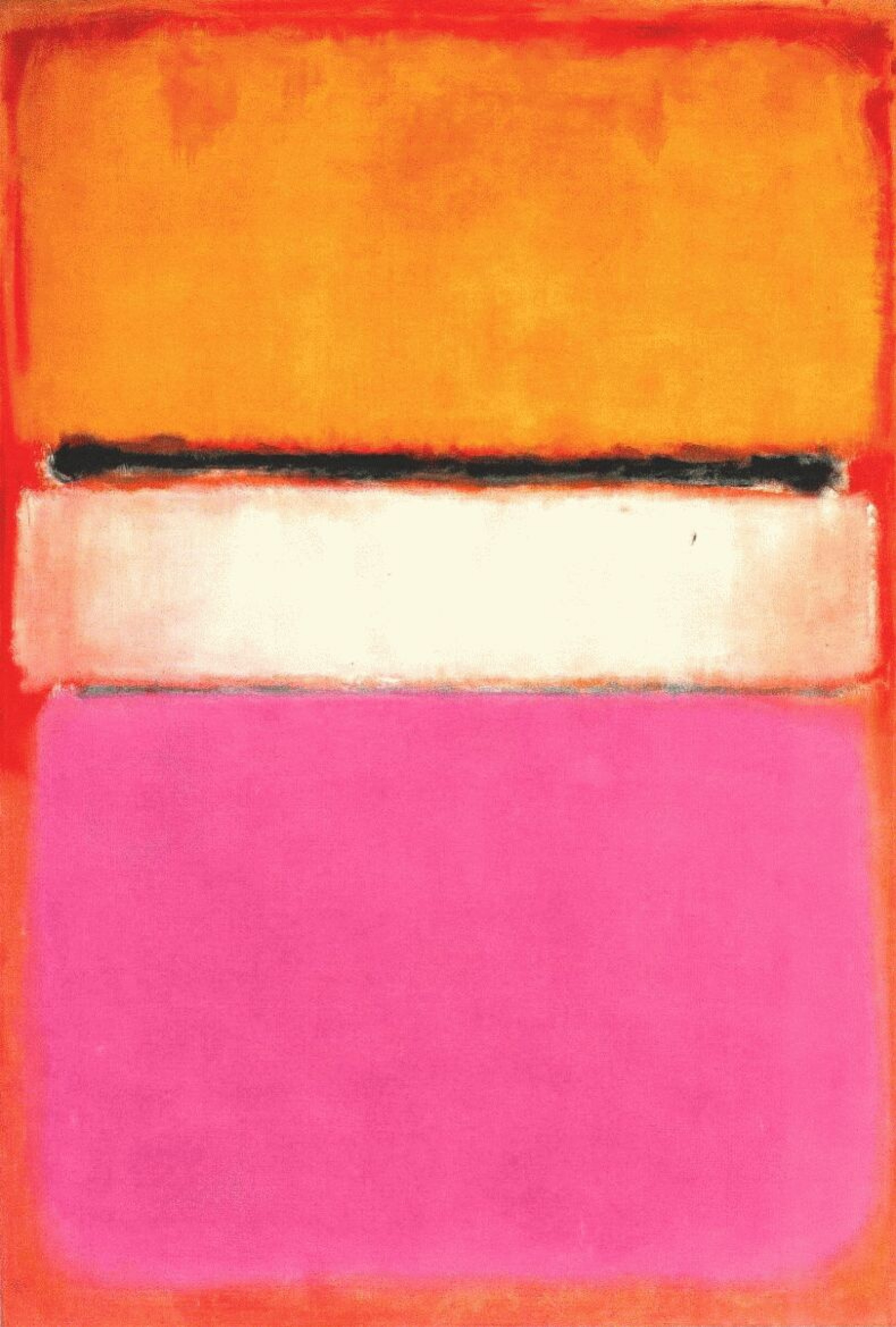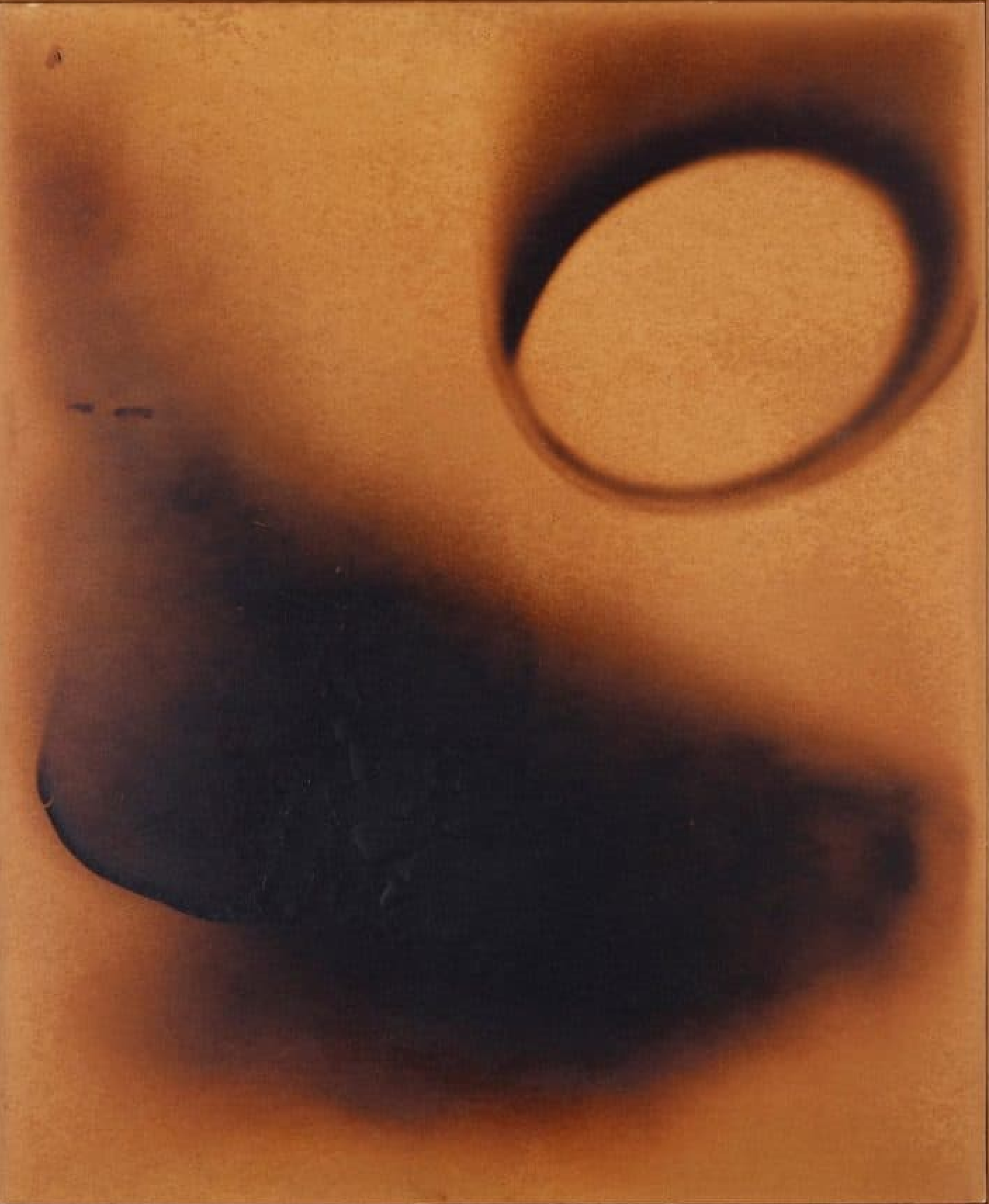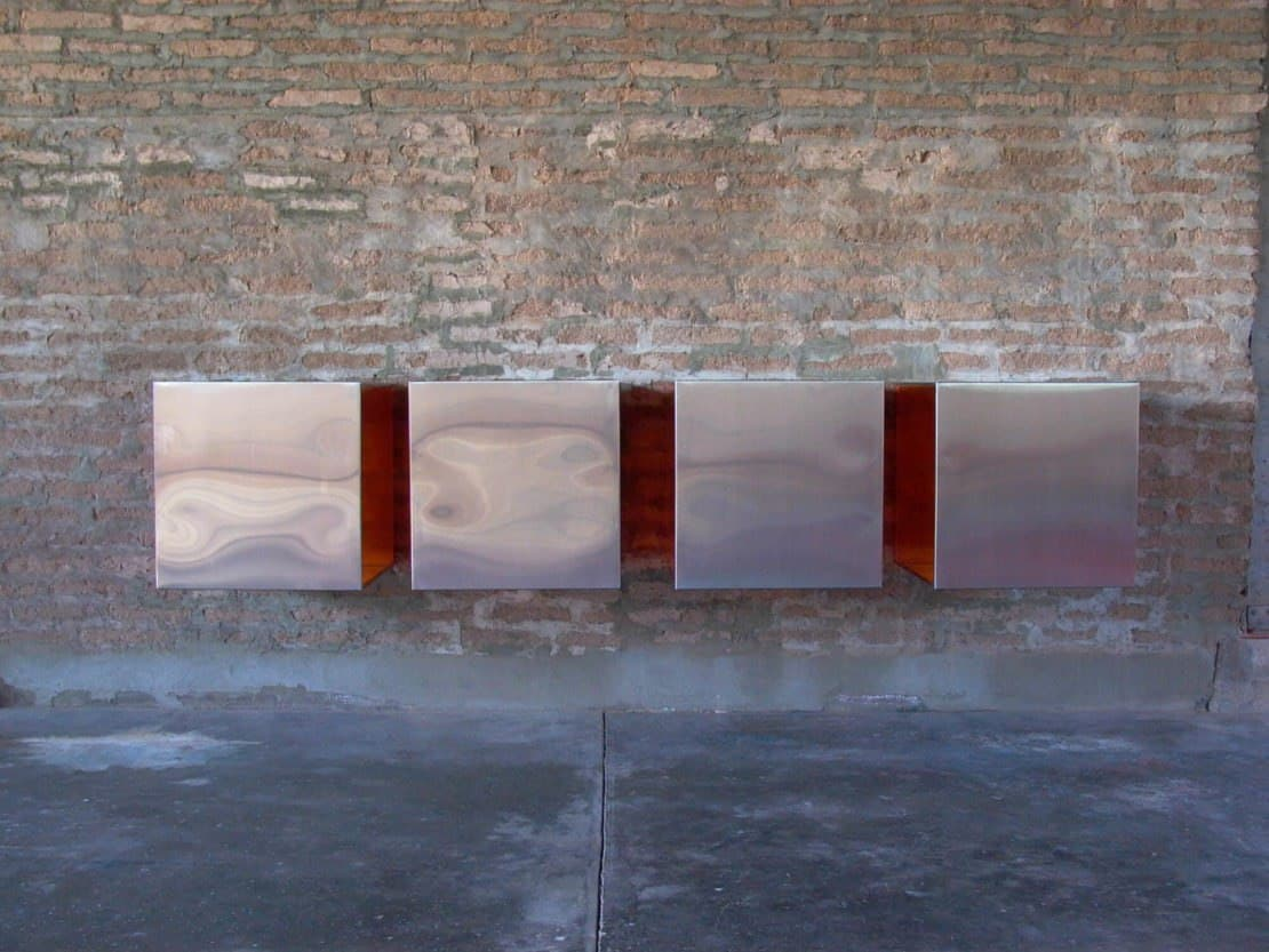SupremePunk #092

Non-objective
This Punk is inspired by CryptoPunk #4021 and the work of Mark Rothko. The author of Punk does not care about the relation of color or shape, he is interested in displaying basic human emotions. The first thing the viewer notices is the color, and nothing more. The painting skillfully uses the theory of color harmonization in painting, thanks to which a successful combination of color solutions has been created. The white color on the canvas reflects dreams and dreams that are combined with other colors, talking about the instability of a person's thoughts.

Mark Rothko — White Center, 1950
The inspiration for Punk was Mark Rothko's painting "White Center". Mark Rothko is an outstanding figure of American abstract expressionism. Before developing his bright personal style and reaching the peak of popularity, the artist went through a passion for a wide variety of avant-garde trends, from impressionism to complete abstraction. In his early works, his fascination with mythology, religion and psychological teachings is noticeable, and his later paintings are large-scale canvases painted over with several carefully selected colors. The peculiarities of the artist's perception of the world led to the fact that he became the founder of a special direction in the visual arts – "color field painting". The painting "White Center" shows the evolution of non-objective painting, it is one of the first paintings by Rothko in his late work "painting of the color field". That is why the painting was sold for record amounts at auction.

Yves Klein — Fire painting without a name, 1961
The color metamorphosis depicted on the Punk can symbolize a change in internal emotions, their impermanence and instability. The theme of metamorphosis in his work was also touched upon by the innovative artist Yves Klein. Klein's first pyrotechnic work "Sparklers: a Picture for one Minute" was essentially a performance: the author burned the painting painted in "international blue", thereby the material became immaterial. To some fiery paintings, the artist added his own blue color, drawing bodies. This creation is close to Klein's cosmogonies in subject matter. Yves Klein's color metamorphosis still amazes and captures the spirit of many art connoisseurs.
SupremePunk shows the exploration of interval, space and light. The painting creates a simple expression of a complex thought. Donald Judd used a similar technique in his works

Donald Judd — Untitled, 1973
Donald Judd is one of the most significant American artists of the postwar period. Working in New York in the 1960s, Judd became known as one of the key representatives of minimalism. His spatial composition "Without a name" consists of six separate cubic elements, the distance between which is completely the same. Donald Judd has always said that his works consisting of several parts should be considered as a whole, and the gaps between the elements exist in order to create a certain rhythm in the composition.
For the sculpture, the artist used plexiglass and combined it with a shiny brass surface. The impression of the work varies depending on the angle of view of the person who is looking at it and on the lighting. Judd always created sculptures that were supposed to stand against the wall, playing the role of a painting.
SupremePunk is a manifesto of non-objective art, it conveys complex and abstract concepts to the viewer through simple shapes and colors that will touch and make many viewers think.

Buy

Gallery:
CryptoPunk #4021 that has been taken as a base

Your transaction is in progress

You have connected to the wrong network

Transaction is successful!


